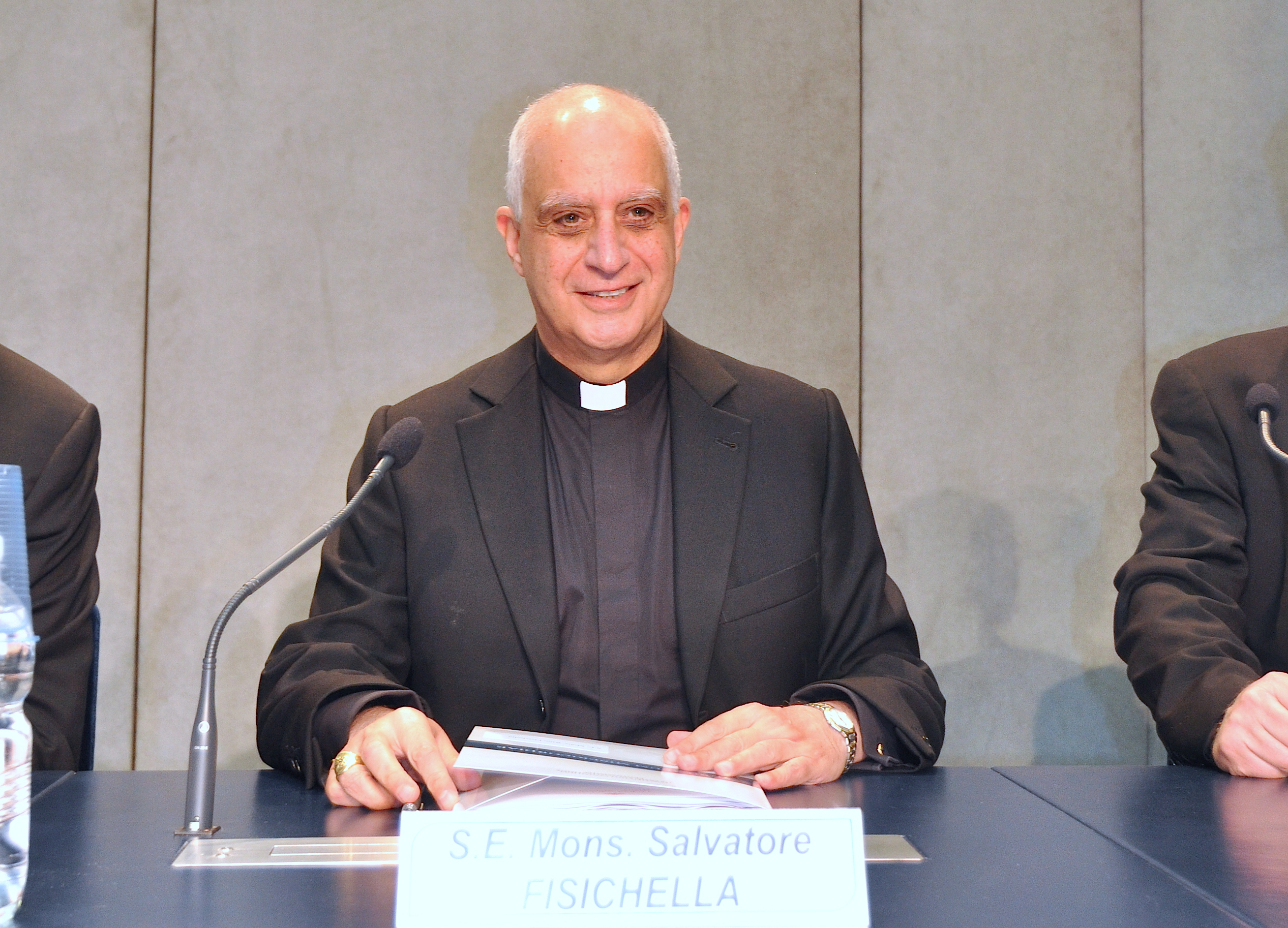“The Directory has put the way of beauty as one of the “sources” of catechesis,” explains Monsignor Rino Fisichella who on Thursday, June 25, 2020 presented in the Vatican the new “Directory” for catechesis, fruit of an inter-dicasterial endeavour and of the consultation of dioceses, followed closely by Pope Francis, who approved it last March.
Monsignor Fisichella highlights the need of this “Directory” to foster “the inculturation” of catechesis in a universe marked by the digital irruption, globalization and a change of language.
The President of the Pontifical Council for Promoting the New Evangelization focused on the link between catechesis and evangelization, namely, the proclamation of mercy. “The heart of catechesis is the proclamation of the person of Jesus Christ, which goes beyond the limits of space and time to present itself to each generation as the novelty offered to attain the meaning of life. In this perspective, a fundamental aspect is indicated, which catechesis must make its own: mercy. The kerygma is the proclamation of the Father’s mercy towards the sinner, no longer considered as an excluded person, but as a privileged guest at the banquet of salvation, which consists of the forgiveness of sins. If you so wish, it’s in this context that the experience of the catechumenate takes force, as an experience of pardon offered and of the new life of communion with God that follows.”
A catechesis that leads to the experience of God’s closeness, stressed the kingpin of the Jubilee of Mercy and of Pope Francis’ Fridays of Mercy. “This catechesis finds its force in the encounter that enables one to experience God’s presence in the life of each one. <He is> a close God who loves and who follows the events of our history because the Incarnation of the Son engages Him directly. Catechesis must involve everyone, catechist and catechized, to live this presence and to feel oneself implicated in the work of mercy.”
Monsignor emphasizes “the experience of pardon.” “The kerygma is a proclamation of the Father’s mercy towards the sinner, no longer considered as an excluded person, but as a privileged guest at the banquet of salvation, which consists of the forgiveness of sins. If you so wish, it’s in this context that the experience of the catechumenate takes force, as an experience of pardon offered and of the new life of communion with God that follows.“
Monsignor Fisichella stresses especially how beauty opens to catechesis. “The Directory” has put the way of beauty as one of the ‘sources’ of catechesis.”
He also points out that catechesis indicates a path for the whole life of the baptized person. A veritable catechesis will never be tempted to say all on the mystery of God; on the contrary, it must introduce a path of contemplation of the mystery on making silence its conquest.”
Finally, Archbishop Fisichella remarks that the Episcopal Conferences must themselves carry out the regional applications: the Directory doesn’t say all, but it offers general guidelines.



